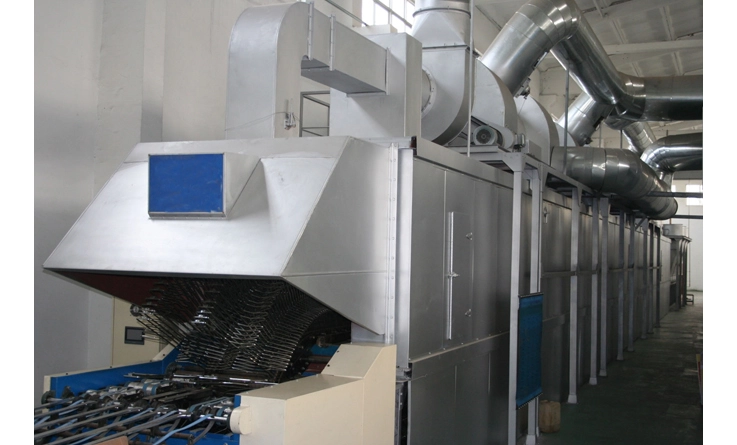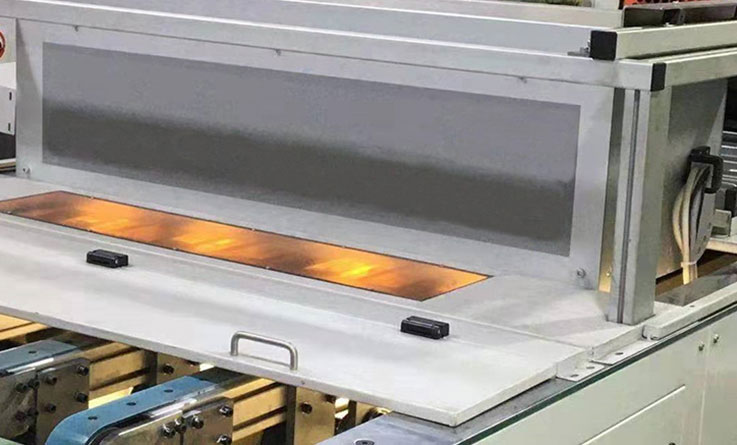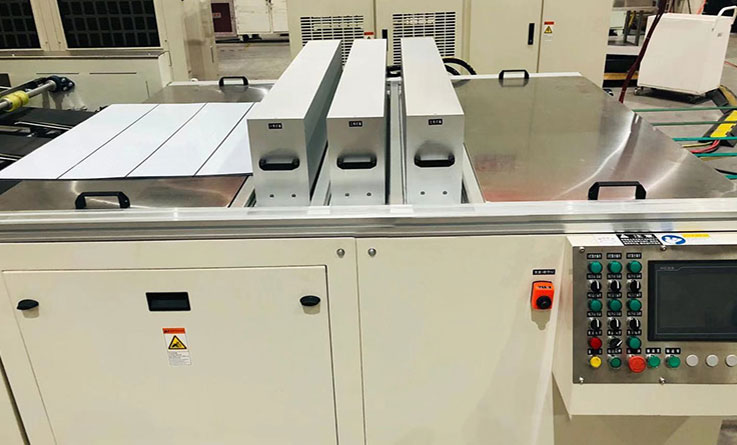Metal printing is different from general paper and plastic printing. It has its own printability characteristics and has special requirements on the ink materials used.
1. Metal printing coating and glazing oil
In addition to choosing the high-quality metal coating machine and metal printing press, the rational selection of coatings and glazing oil is the key to the quality of metal printing products. Reasonable selection of coatings and glazing oil is a prerequisite to ensure that metal printing products have good fastness, color, whiteness, gloss and processing suitability. According to different uses, metal printing coatings can be divided into primer coatings, white coatings, varnishes, inner wall coatings, edge coatings and so on. Side seam coatings can be divided into inner side seam coatings and outer side seam coatings. After the inner side seam coatings are dried, they are required to meet the food hygiene requirements.
2. Metal printing ink
Metal printing ink is a special ink printed on tinplate and other metal sheets. It is mainly composed of pigments, binders, fillers and auxiliary agents. And we also have a professional tin printing machine for sale.
In addition to the printability of general offset printing inks, metal printing inks should also have the following characteristics:
(1) Impact resistance and strong adhesion. In the post-printing process, metal materials such as tinplate must go through canning processes such as cutting, bending, impact, and seaming. Therefore, the ink layer should have sufficient adhesion to make the printed tinplate can withstand the stamping of the mold. And has excellent machining properties (including flexibility, surface hardness and impact strength). At the same time, the ink layer is required to have good lipophilicity, so that it is well combined with the glazing oil, to ensure that there is a certain adhesion between tinplate and ink layer and glazing oil.

 English
English français
français Deutsch
Deutsch Español
Español italiano
italiano русский
русский العربية
العربية tiếng việt
tiếng việt Türkçe
Türkçe فارسی
فارسی magyar
magyar Ελλάδα
Ελλάδα Burmese
Burmese


